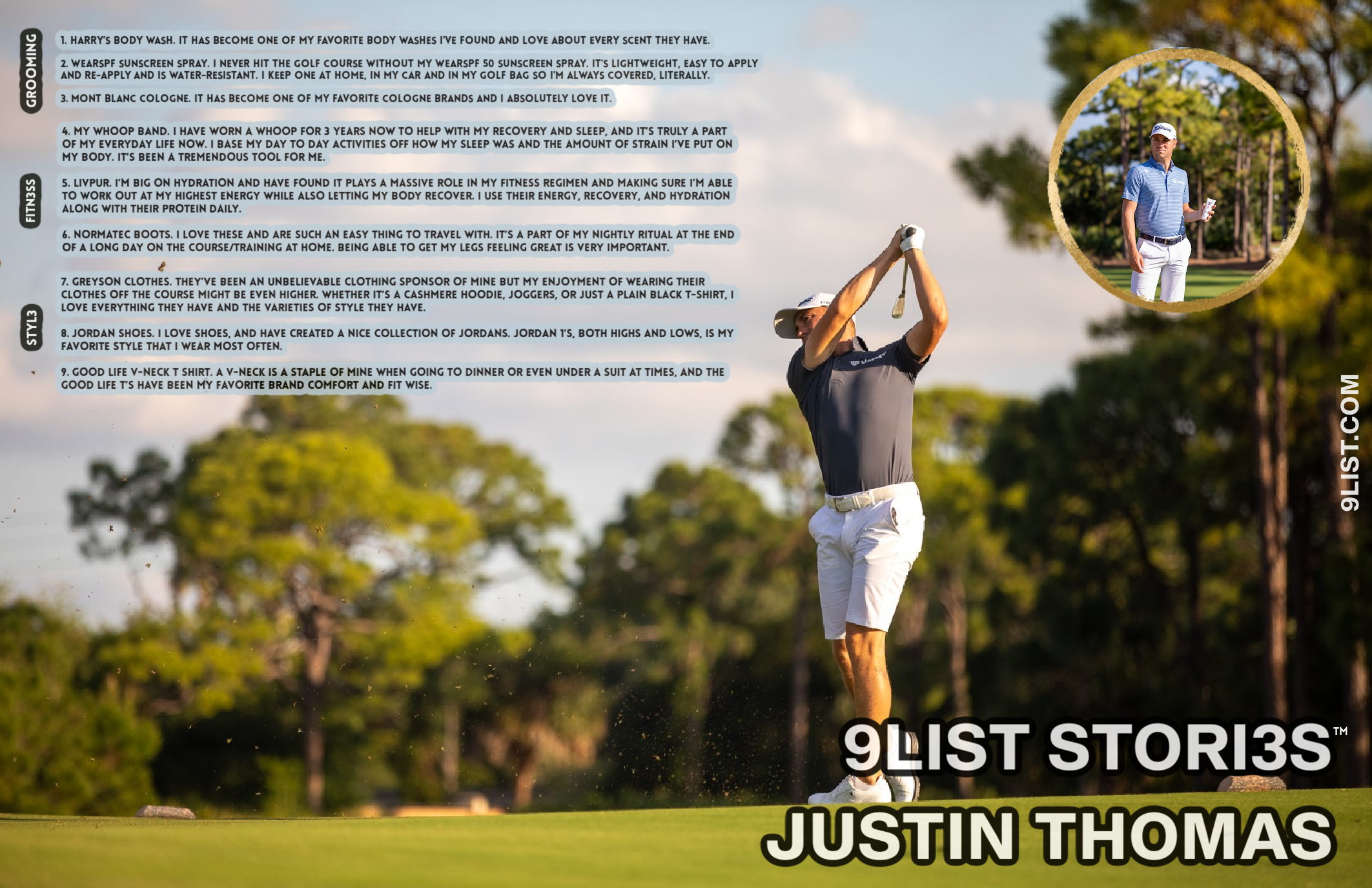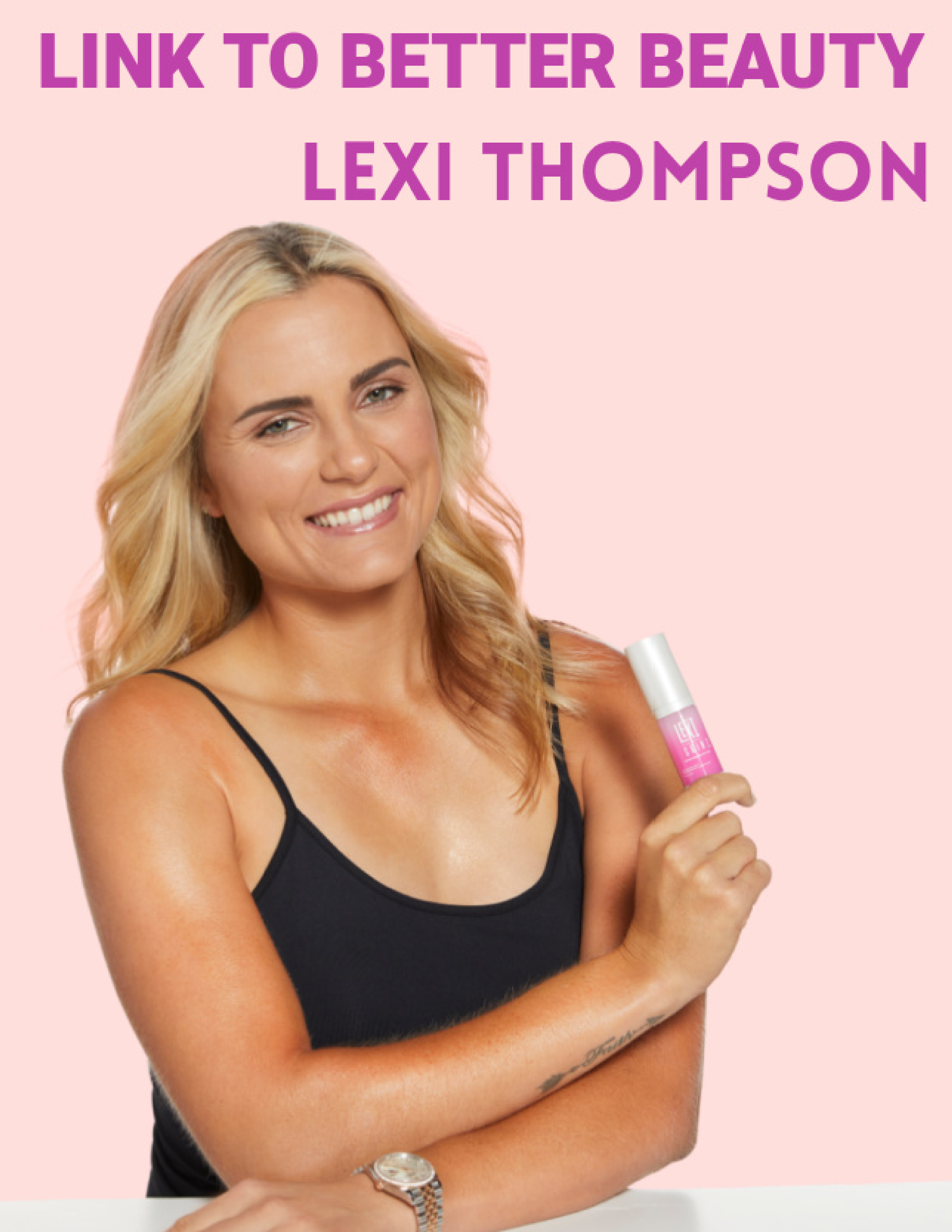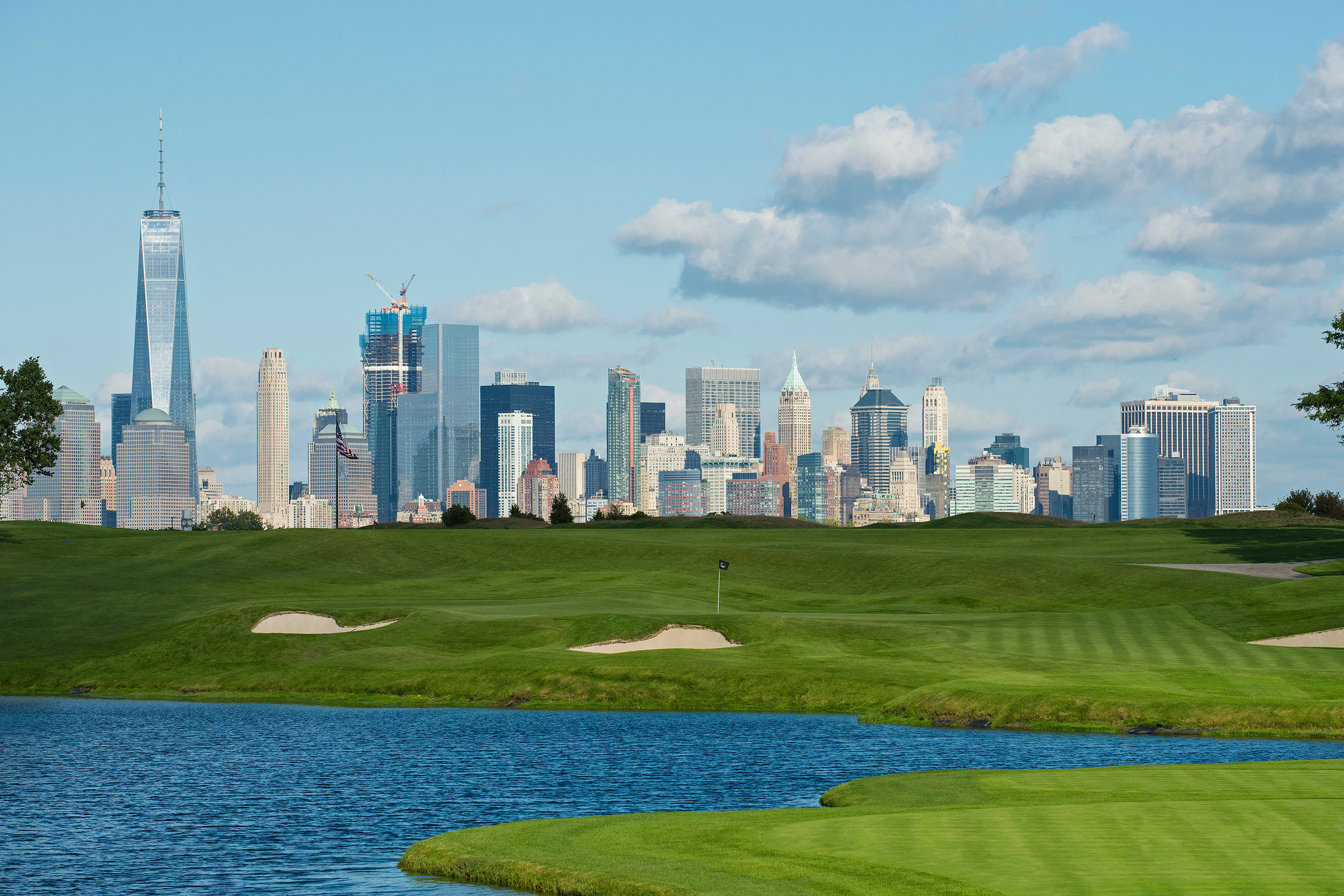Golf may not be the most physically challenging sport out there, but it’s one that requires the perfect combination of skill, endurance, strategy, power regulation, and of course, golfing gear. Setting aside the irons and the woods for this discussion, today we are going to concentrate on an often overlooked, but extremely important golfer’s gear, which would be the sunglasses.
It’s an Amateur Mistake to Undermine the Importance of Golf Sunglasses
Your kit might have a solid set of drivers, putters, and wedges from Callaway or Ben Hogan, and you might have practiced on your backswing for hours before the match, but none of it matters if you cannot see. This is a firsthand lesson that even some pro golfers have had to learn during their early days, and this is one that is best learned secondhand.
When you are on a golf course on a sunny day with moderate wind, that is an ideal situation to play the sport in. Unfortunately, nature may end up becoming a bigger adversary than even your opponent, unless you are wearing a proper pair of golfer’s sunglasses.
In a game where even the slightest of distractions can cause someone to end up slicing or chunking the shot, it would be practically impossible to land a birdie when the sun is shining right into your eyes, and you can hardly see the golf ball, let alone the 18th Hole! Then of course, there’s always a looming possibility of the wind picking up and hitting your unprotected eyes with sand and dust. In the worst-case scenario, a tiny bug may decide to land on one of your eyes just before you bring down your iron for a drive.
As should be obvious by now, wearing eye protection in this game is not optional. However, the sunglasses need to be properly suited for golfing, or it won’t help much. With that perspective in mind, let us now take a brief look through the most important features that a good pair of golfer’s shades should have.
What Features Should You Expect in a Good Pair of Golf Sunglasses?
Golfer’s shades are not anything like regular shades, or even general athletic shades, because the technical nature of golf requires them to offer more than just sun/wind protection to the players. The color or tint of these shades must filter the lighting conditions at a golf course to allow for maximum visibility and focus. Different tints produce different results under varying lighting conditions and luminescence. To provide the reader with an overview of what to expect from which color, we will discuss the most beneficial combinations next.
Brown, Copper, Amber and Cinnamon Tints
When the sky above is beautifully blue, and the grass on a golf course is a lush green, it’s easy to lose sight of the tiny white ball. All of these slight variations in tint serve to increase contrast, which in turn, boosts visual focus. Color distortions are kept to a minimum to eliminate chances of any negative impact on the golfer’s perception while playing. They are the most common choice on golf courses in general.
Red and Pink
When you are on the putting green, red, or pink-tinted sunglasses will make it easier for your eyes to detect contouring edges of the lush surface by increasing the contrast to a much higher level than any of the other shades. What makes red and pink tints a bad choice for usage outside the putting green is the color distortion caused by the tinted effect. It’s far too distracting to be of use to most golfers outside the putting green.
Green-Gray
Sunglasses with a green-gray tint are neutral shades, used particularly when the sun is directly in the golfer’s eye. They add a bit of contrast for increased focus, but most importantly, the neutral combination is extremely effective in toning down bright sunlight (gray on the outside), without letting the loss of brightness affect visibility or color accuracy (green near the center). Green-gray tinted sunglasses are a must-have for most pros, and you should have some too.
Yellow and Orange
Ideal for low light conditions, they boost visual accuracy by increasing contrast when there’s fog or haze around. However, heavy color distortion caused by these makes them unsuitable for any other scenario.
Where Can You Find All the Shades and Tints?
In case you are looking for effective and professional golf sunglasses to buy online, have a browse through Goodr's golf sunglasses. Everything you see there is specialized, UV-protective, tinted golfer’s sunglasses, available in every color we just discussed, as well as a few extras. The choice of frame is a matter of personal taste of course, and Goodr has a wide selection of carbon-neutral frames for golfers to choose from.
Common Protection
Aside from the golf-specific functionalities offered by each colored lens, there is also general protection to be considered. Any good pair that’s made for golfing is going to have adequate UV-protection by default, but you should check for it all the same. Also, a bit of coverage around the lens is to be expected. It is necessary for keeping the dust, dirt, sand, and bugs out of your eyes. All these are standard design features on golf sunglasses, but you should make sure that they are indeed there before buying a pair.
A golf course is not a natural formation, but the game is so intricately connected with the various aspects of nature all the same. From light availability and tree cover to wind speed and natural water formations, they are all a part of the golf course. The players must be equipped to deal with these elements before the game even begins, so knowing a course and preparing adequately beforehand can make a huge difference in the outcome of a golf match.
The golfer’s trusty pack of tinted sunglasses on the other hand, must accompany them at all times during a match, irrespective of the course and its lighting conditions. When you have the whole bunch, you will not need to select options based on a specific course.











